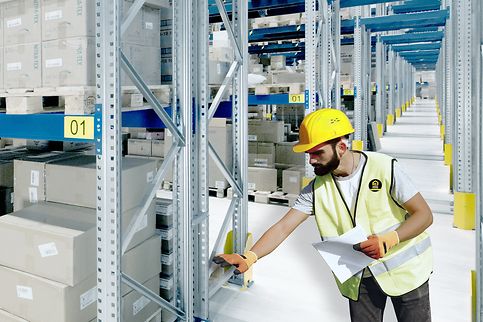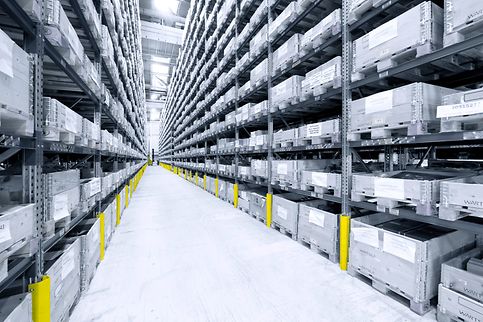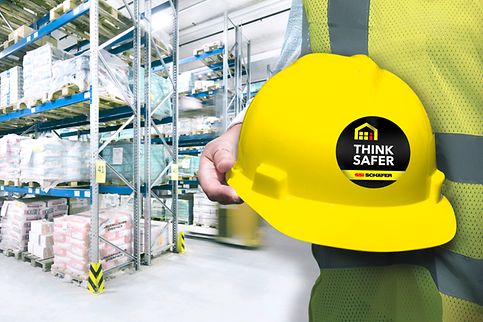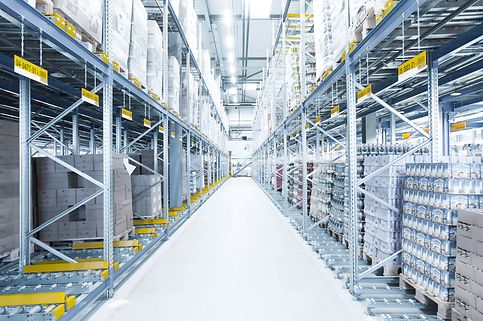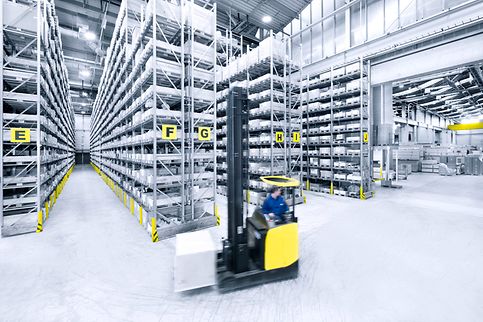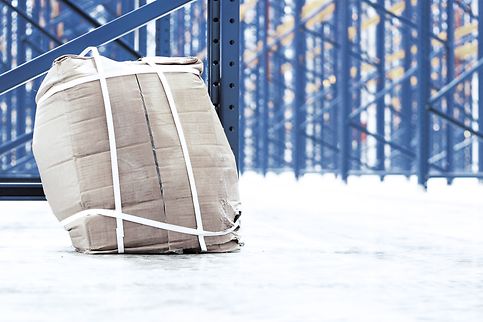Top 10 rack and shelving damages
Designed and made to last, warehouse storage racks are often taken for granted. Unlike forklifts or conveyor systems, which have planned maintenance schedules, warehouse storage racks are often overused. The damages are usually ignored or go unreported as they may reflect poorly on the person (s) involved in the incident.
While there is no planned hour, days or weeks where warehouse rack damages may disrupt the operations, you can't rely on guesswork and assume that the rack and shelving are in good condition without maintenance. Depending on the severity of the damage to the component, the location of the damage, the load capacity, or the nature of the load, a damaged warehouse rack and shelving is likely to disrupt the operation, especially when the racks fail.
Instead, prepare ahead and be more conscious in the warehouse environment by paying closer attention to the possible damage areas.
Where can we expect the damages to be?
1. Uprights
In the entire racking system, uprights are one of the prime candidates for damage. You can watch some dramatic footage on the Internet when forklifts meet uprights, causing the whole sections of the racking system to collapse, burying forklifts and men under the rubble.
As damages to uprights cause structural integrity and reduce the racking systems' load carrying capacity, how can you ensure this does not happen?
Allow only qualified and licensed forklift truck drivers to operate in the warehouse. Even as unlicensed drivers are not allowed on our highways, untrained forklift drivers should not operate freely within the warehouse.
Use the right material handling vehicle for the installation; not all forklift trucks are made alike.
The racking system's layout should provide adequate access for vehicles with sufficient clearance between the aisles free from obstruction.
Storage equipment should be checked regularly for damages as too often damages are unreported.
Use rack protectors such as column guards, corner guards, and safety bollards to ensure the racking stability.
2. Bracing
Used to keep the vertical uprights and horizontal beams aligned, bracing may fail due to overloading and additional stress, therefore, causing them to spring or snap. Do not load the racks with more than what it is intended for.
3. Beams
Beams run horizontally between pallet rack uprights to connect the frames creating a shelf. They come in different lengths and heights. Any damage will erode the stated design safety factors and reduce their load-carrying capacity. So, beams must be checked for damages caused by overloading or misloading, including the connector and welds damages.
4. Baseplate
The baseplate is a critical component of the pallet racking system as it ensures the system's stability. By anchoring the pallet rack to the floor and dispersing the rack column's weight, baseplates secure the racks, preventing them from tipping. Baseplates fail when they are not mechanically anchored to the floor of the warehouse or any prepared plinth, causing the racks' floor base to slip or topple.
5. Material cracks
Any cracks in the rack material can compromise the storage system. Of concern is the welded connections between the beam section and the end connector. Should there be cracks, it is prudent to remove pallets from the affected section and call the experts for advice.
Conducting repairs to damaged components should always be approved by the equipment supplier. The damaged components should be replaced rather than repaired as effective quality control is difficult on cold formed materials.
6. Overloading
As all storage systems have their designed limits, exceeding them is dangerous and is a prime cause of rack failure. The uprights may buckle, or the beams may deflect. To prevent mishaps, loads must be evenly placed on racks while adhering to the rack's load bearing guidelines.
7. Safety or locking pins
Safety or locking pins secure beams to uprights, preventing the beams from dislodging when accidentally struck by forklifts or pallet loads. Although the pins are tiny, they are important to the integrity of the system. So, any missing pin should be replaced immediately!
8. Rusty
After extended use, the racking system will likely corrode. The corrosion rate depends on the quality of the material used and the temperature and humidity within the warehouse. By keeping the environment dry and well ventilated, it can slow down the rate of corrosion.
9. Out of verticality of upright
The installation is strongest when the uprights are fully vertical. The out of verticality under load should not exceed 1/200. The supplier should be alerted for a site inspection and design check once the displacement exceeds this level.
10. Condition of the building floor
Not many spare a second thought on the condition of a building floor, but then again, the quality of the warehouse floor has a direct effect on the productivity and safety of warehouse operations. Constant traffic, heavy machinery, and loads can take its toll on warehouse flooring. Not only do they leave unsightly marks, chips and cracks, but they can also affect the integrity, flatness, and look of the flooring, with possible consequences for the business.
Uneven or damaged floors can increase the likelihood of workplace injuries, slow down warehouse traffic, result in higher maintenance costs for lift trucks and forklifts, and may even affect the integrity of the racking system. Rack collapse caused by supporting floor failure is known to occur. Hence regular inspection is necessary and preventive measures have to be taken to forestall possible problems or consequences resulting from the building floor's poor condition.

